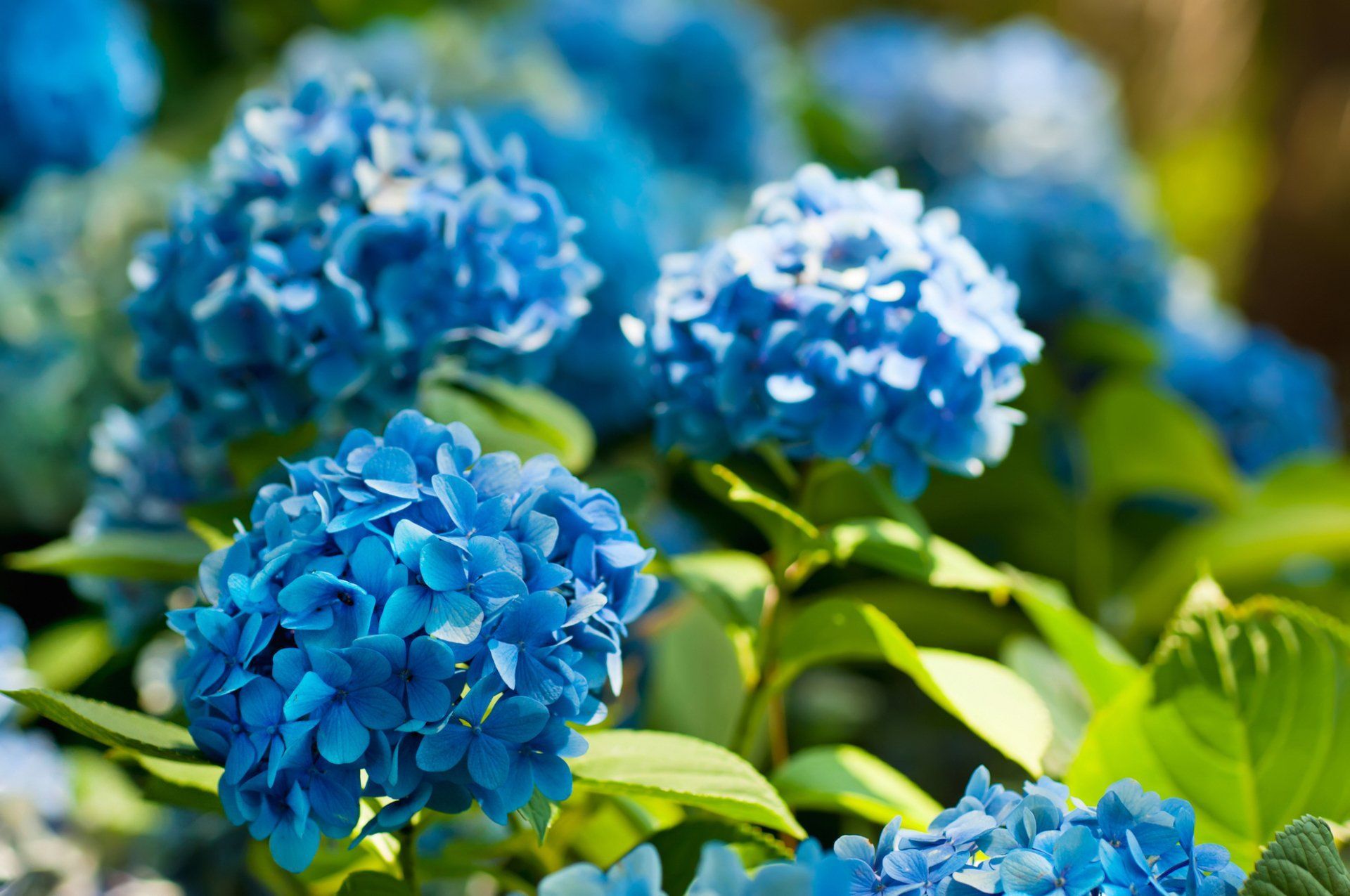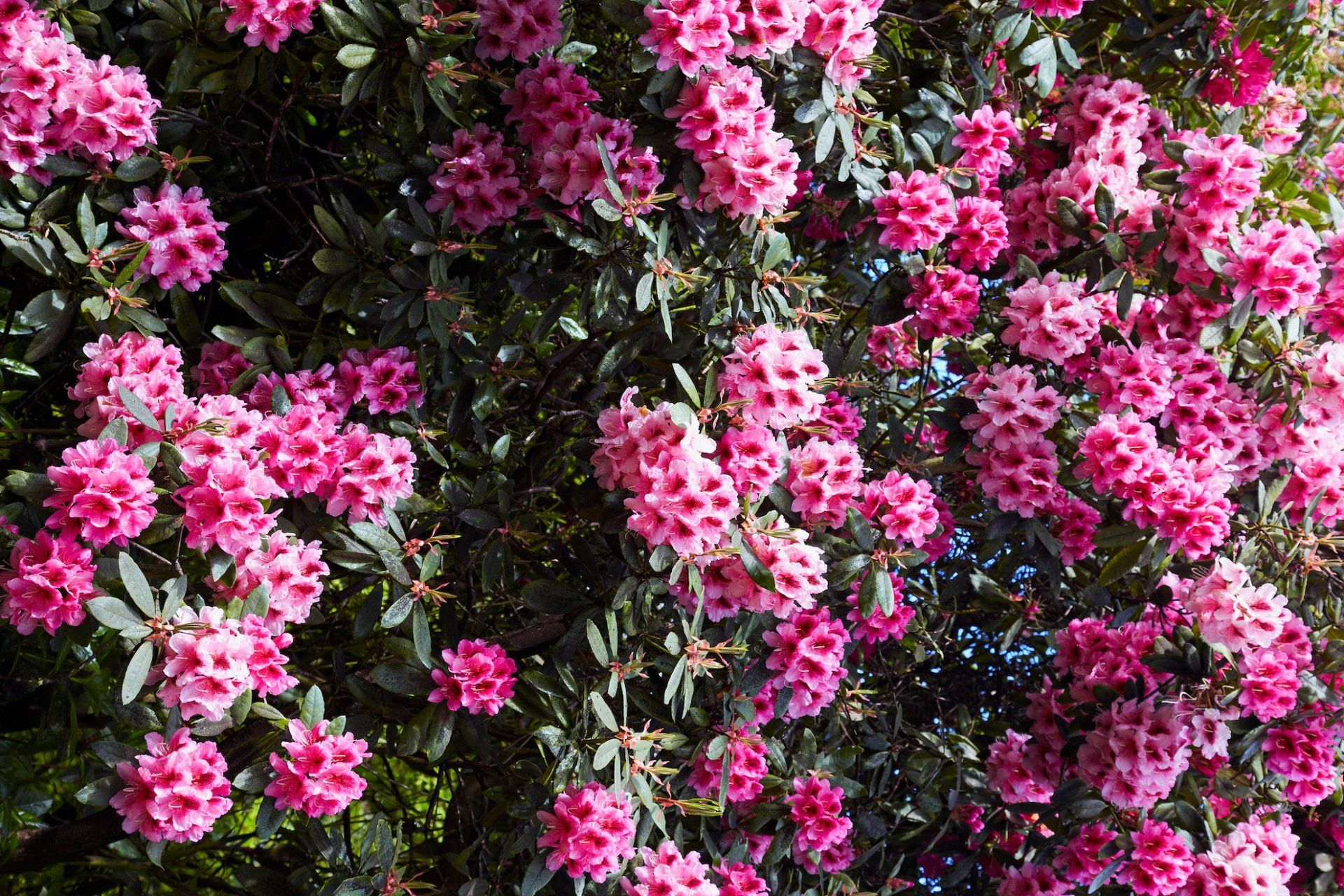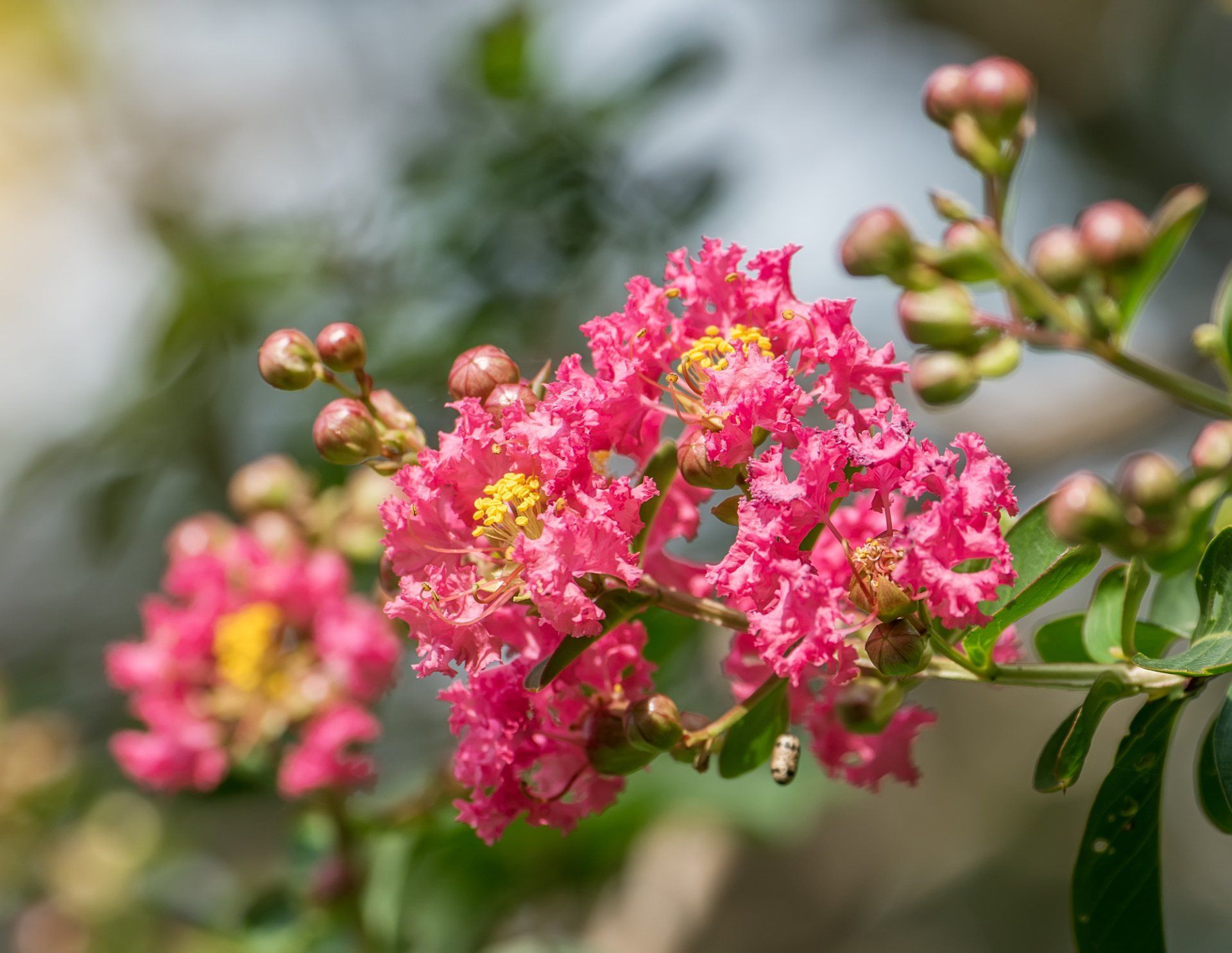Essential Things You Always Wanted To Know About Sod Installation
Does your neighbor’s verdant lawn make you feel jealous? Do you wonder how they’ve achieved it? Most likely, sod installation would be the answer. When it comes to rejuvenating the lawn, many homeowners in Oakville, MO, Arnold, MO, or other parts in St. Louis County, MO, usually prefer to plant grass seeds. So, you may ask “why should I go for sod installation?” The answer is sod lets you enjoy some distinct advantages over the traditional method of seeding your lawn. If you’re planning to install sod and want to take the DIY route, this guide would act as your most useful companion throughout the process. Here, we’ve included answers to the questions that you may possibly have about sod installation.
What Is Sod?
Sod, also known as turf grass, refers to grass which has been already planted. Sod is usually available in rolled up pallets where grass and soil are held together by a biodegradable material or root system. Three of the most common types of sod that are grown by lawn service providers in Missouri include Zoysia, Fescue, and Bermuda.
Key Benefits of Sod Installation
While sod installation involves much more yard work than seeding the lawn and is a considerably expensive affair, many homeowners still prefer this option and there’re reasons behind this. Let’s take a look.
Much Healthier
Professional lawn maintenance service providers grow sod. They use high-quality seeds and appropriate techniques to come up with superior soil which’s as healthy and green as possible. Therefore, sod eventually becomes a well-nurtured and highly mature plant.
Instant Results
When you plant grass seeds, it takes many months and hence, you’re left with a bare lawn in the meantime. On the contrary, sod installation lets you have a beautiful lawn filled with fully grown green grass instantly. With proper yard work, you can start using the newly sodded lawn within a couple of weeks.
Cost-Effective Option In The Long Run
Sod installation typically costs significantly more than seeding your lawn. However, the process of growing grass from seeds comes with several additional costs associated with it over time. These lawn maintenance works generally include weed control, overseeding, extra fertilization, etc. So, if you compare long-term total investments for both options, the sod comes out as a more cost-effective one.
Soil Protection
Since sod is sold as a thick slab of grass, it greatly helps to safeguard the soil underneath. It regulates erosion, dust, and mud to a great extent, thanks to its maturity. This may make sod installation a better option if you’ve many children or pets running around on your lawn or lots of outdoor activities going on it regularly.
Weed Prevention
Because sod is grown by professional lawn service providers, you can rest assured of having zero weed in the new turf. Weed seed germination is also discouraged by the density of a sod.
Heat Reduction
Unlike artificial turf, bare soil, etc that become really hot in the summer, a sod is created to cool the air by absorbing heat. Apart from heat reduction, it also absorbs carbon dioxide, which reduces greenhouse gases.
How to Install Sod
Installing sod isn’t only a significant investment but a strenuous job as well. However, you’ll be amazed to see a beautiful lawn filled with a new coat of green grass. If the above-mentioned advantages of sod have inspired you to install it, here’re the steps that you need to follow.
#1 Choose the Right Kind of Grass
Selecting the right type of grass for your lawn is essentially the first step of sod installation. You should never select a grass that’s just visually or aesthetically appealing. Make sure that the chosen grass fits the climate and environment you live in. As different types of grass require different amounts of maintenance, you should select one that you can conveniently take care of. Some homeowners prefer to lay sod over their existing lawns while some others remove the existing lawn before sod installation. If you belong to the former league, be sure to check the visual differences between grass textures, colors, and various other physical aspects to match the existing lawn.
#2 Measure the Installation Area
Installing sod isn’t only a significant investment but a strenuous job as well. However, you’ll be amazed to see a beautiful lawn filled with a new coat of green grass. If the above-mentioned advantages of sod have inspired you to install it, here’re the steps that you need to follow.
#3 Perform a Soil Analysis
The overall health of your lawn and the grass will essentially be determined by the health of your lawn’s soil. Therefore, to ensure better grass quality, you must understand soil’s health so that appropriate lawn maintenance works can be carried out. Surely, regular fertilizing of the lawn is a wise decision to ensure the grasses are receiving adequate nutrients but a soil analysis would help you understand exactly which nutrients you’d need to provide the lawn with. By doing a soil analysis before sod installation, you’ll be able to pinpoint the nutrients you might require after the sod is installed.
#4 Prepare the Soil
Proper site preparation plays an extremely crucial role in successful sod installation. It’ll become easier for fresh grassroots to penetrate evenly and deeply, which will eventually make your lawn denser. A dense lawn is also more capable of resisting diseases and insects and fighting weeds off. First of all, remove all debris, rocks, and poisonous weeds from the installation area. If you find the soil isn’t compacted, consider having lawn aeration done. If you’re removing existing grass, use a roto-tiller or sod cutter to get rid of their top layers. Then fix the drainage problems of the site by grading to ensure the water can move away from driveways and sidewalks and doesn’t puddle in low areas. Some steps are needed to be taken based on the soil analysis results. If the results indicate that the soil has a high pH level, consider adding pine needles, composted oak leaves, etc. And if the results show a low pH level, you’d need to add wood ashes, lime, etc to the soil. If you find soil clods having a diameter of more than 2 inches, break them up. Use good quality topsoil to fill low areas. Since plants depend on topsoil for water and other essential nutrients, it’s a must to use the right mix. The right mix will provide the grasses with adequate nutrients, allow sufficient air to reach the roots, and facilitate good drainage – all of which together will create a perfect place for grasses to grow.
#5 Schedule Sod Delivery
Now that you’ve prepared the site, it’s time to have the sod delivered. Try to conduct the sod installation process the same day it’s delivered. Understand that sod rolls/slabs are breathing, living entities and hence, schedule delivery so that you can lay it out quickly. Fresh sod appears with moist soil along with dark green grass blades. If you cannot install farm fresh sod immediately, identify a place in the shade where you can preserve it. Be sure not to keep the sod in direct sunlight or under a tarp.
#6 Lay the Sod
Ideally, you should lay the sod on an overcast, cool day to reduce plant stress. If you need to perform sod installation in high temperatures, moisten the surface of your installation area before starting the process. Maintain a straight line to lay the sod strips with their ends staggered in a brick-laying design. Make sure that all the pieces of sod rolls fit together tightly. If you find irregular areas, use a sharp spade or unity knife to cut the sod to fit them. Finally, once you’ve placed the sod, remove air pockets by using a sod roller.
#7 Water the Sod
Be sure to water the sod installation area thoroughly on the day before the process takes place. Newly-laid sod should be watered immediately within half an hour of installation. Then water it daily to provide it with adequate moisture to survive. Short watering in the morning and in the late evening be even better. Continue this for about two weeks following installation to ensure the sod is firmly rooted. If you’re unsure, lift a piece of your new sod and see if the ground underneath is wet or moist. If it’s, you can stay away from watering but if you find dry ground, you should water the newly laid sod. Note that, overwatering for a prolonged period of time will significantly damage the lawn and it may end up having rotting roots and diseases.
Sod installation can be performed in almost any season of the year. However, the ideal time to lay sod is early fall or late summer when grasses continue to grow and temperatures remain cooler. If you choose warm-season grasses like Bermuda, Zoysia, etc, which remain dormant in the winter, spring would be the preferable time for installing sod. You should try to avoid summer for sod installation as the additional water needed for the process may lead to diseases.
Mistakes You Need To Avoid When Installing Sod
Undeniably, sod installation offers a multitude of advantages and saves you from the difficulties associated with seeding your lawn. However, during the process, many homeowners end up making some common mistakes that cost them their desired lawn. Take a look at the following mistakes and try to avoid them so that you can have a truly enviable lush lawn.
Choosing Low-Quality Sod
While buying a cheap sod may sound like a good option to save costs, it’ll eventually cost you much more in the long-term. For instance, if it appears with weeds, you might have to spend hours every day to eliminate those plants. On the contrary, a high-quality sod, purchased from a reputable seller, will require minimal effort to maintain.
Delaying Sod Installation
When you’ve got the sod delivered, make sure that you complete the installation process the very same day. Ideally, you should ask your local sod seller to deliver the product in the morning. It’ll help you get sufficient time to perform sod installation. If you cannot make it the same day, follow the sod storage instructions we mentioned above. And remember, turfgrass cannot live for an indefinite period of time in folds or rolls. It’ll eventually begin to overheat and get decomposed. It simply means, you should never store the sod for several days. Try to lay it at least the next day after it’s delivered.
Not Giving the Sod Time to Get Established
After sod installation is done, it’ll take around four to five weeks to firmly hold the ground. If you start using the turf heavily almost immediately after the installation, it’ll hinder the growth of the grass that’ll result in an imperfect and uneven lawn.
Mowing the Lawn Immediately
Even if long grasses make you feel irritated, stay away from mowing the newly laid sod whenever you find them. If you cut them right away, it might severely damage the sod. Ideally, you should wait for a minimum of two to three weeks before mowing your lawn to help the sod root properly.
Overlapping Sod Rolls
During installation, you may find it tempting to overlap the sod rolls to get full coverage but you’ll end up having a bumpy lawn. Therefore, make sure that you’re laying the rolls side by side without any gaps. It’ll automatically let you have full coverage from the sod.
Summing Up
While sod installation is a fairly straightforward process, there’re several steps that you need to follow to achieve a wonderful, green lawn. Ideally, you should hire a leading professional lawn service provider to install sod and maintain it. At Kozeny’s Lawn Service, we offer sod installation services throughout Arnold, MO, Oakville, Mo, and other nearby areas. Our professional sod installers will ensure perfect installation and provide you with suggestions on watering and fertilizing to maintain your new lawn. If you want to know more about our sod installation services, feel free to get in touch with us today.



